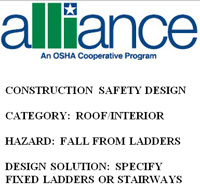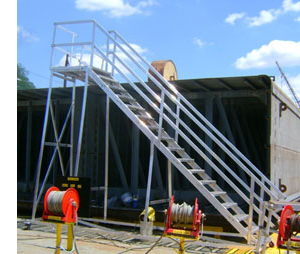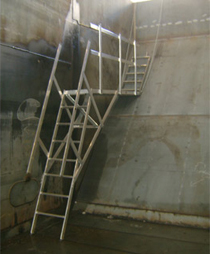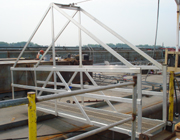We at the Safety & Numbers blog hope you enjoyed the holidays and are looking forward to new opportunities in the year ahead. Having successfully maneuvered our way through various work safety topics throughout the year, starting with Workers Comp EMR Rate calculations and culminating with a Guide to Budgeting for Work Injury Prevention, we are excited to cap off the year with a recent Eureka! moment.
What is that Eureka moment, you may ask? We at the Safety & Numbers blog are remarkably capable at sifting through the Internet muck to find diamonds in the rough. So why spend all of our time writing detailed blog posts based on information that we find? Instead, we are going to devote posts to sharing valuable information created at other online resource hubs. After all, we are ultimately here to provide what we think will help you make your own decisions, not simply craft the answers that you expect to find. So if you have come across our What We Found post for December 29, 2014, we hope you will consider the following resources without reservation or bias.
Slip and Fall Safety Infographics
Infographics are one of those great yet frustrating things about the Internet. If well done, they simplify information delivery and provide raw data that genuinely helps with decision making. Still, they are designed with an agenda in mind, or why would they be created to begin with? Here are a few infographics that we found on the CCOHS board at Pinterest that we thought worth sharing.
Preventing Slips & Falls from Canada’s CCOHS
One thing I’ve learned from searching the web is that Canada’s online resources are almost always helpful and simplified compared to many of the sales oriented models that are popular today. Here is an CCOHS infographic (Canada’s equivalent of OSHA) that provides some of the most direct methods to avoid slips, trips and falls in the work place. Just don’t Blame Canada if they’re not what you’re looking for, eh.
Most Dangerous Industries for Work Injuries
This Safety First infographic is remarkably well-designed and informative, particularly considering it is sponsored by an insurance agency. I found the most interesting portion to be the Top 5 Most Dangerous Industries. Police Officers and Semi-Trailer Truck Drivers make sense, but Janitors and Nurses? Just goes to show that not all injury risks are easy to identify with the naked … er, mind.
OSHA’s Affect on USA Workplace Injuries
OSHA has been around for over 40 years, and while we all probably realize the value they provide to our collective well being, we may also question its overall benefit from time to time. Here is an infographic that provides information about worker injuries before and after OSHA. While it’s clear that workplace injuries and fatalities have dropped significantly since OSHA was created in 1970, the question that comes to mind is ‘Are we optimizing the effectiveness of work safety programs?’
A Smorgasbord of Training! Call NOW!!
We are impressed with the number and variety of resources available at many of the online training sites we have found. Just not impressed enough to provide credit card information for a ‘free’ trial. If you’re a little wary of the similarity between Internet credit card gathering schemes and the miraculous infomercial trends from the 80’s, we invite you to call IAS® at (800) 388-6884 to provide us with the opportunity to help reduce slip and fall safety risks at your workplace.







